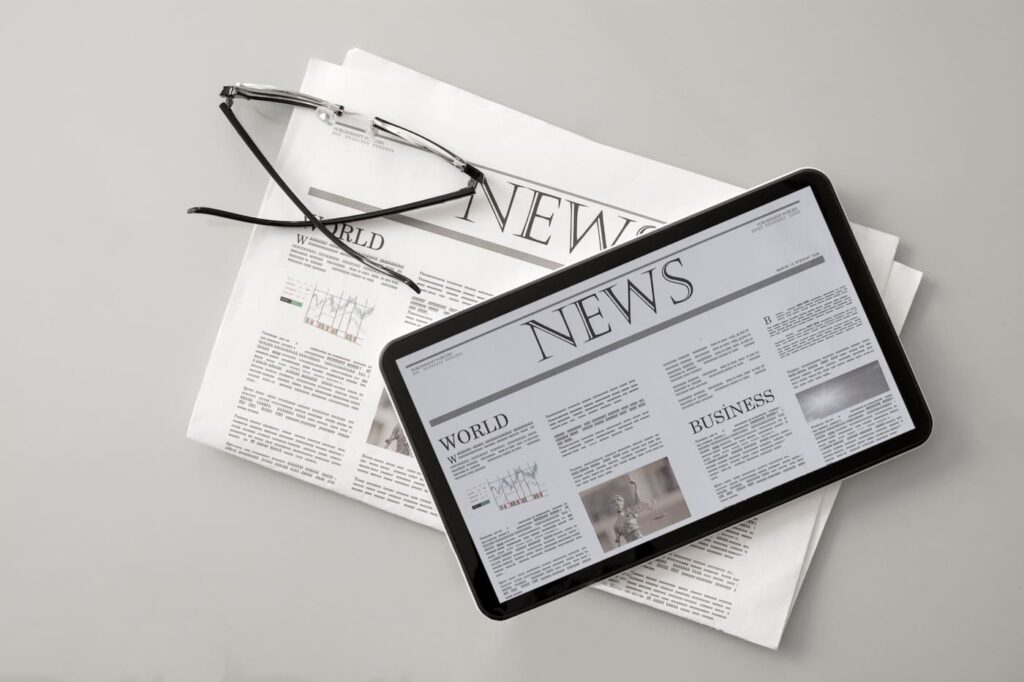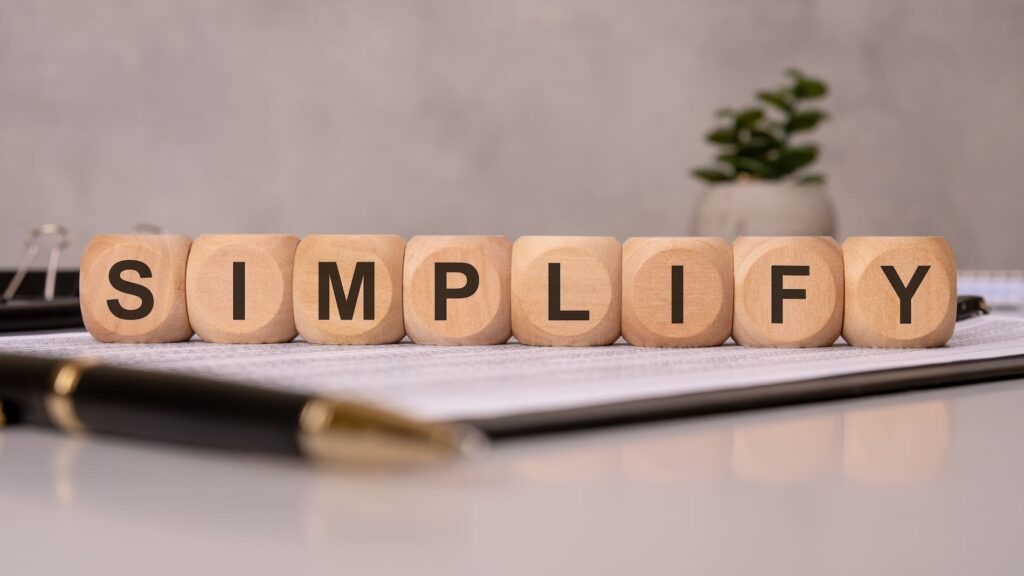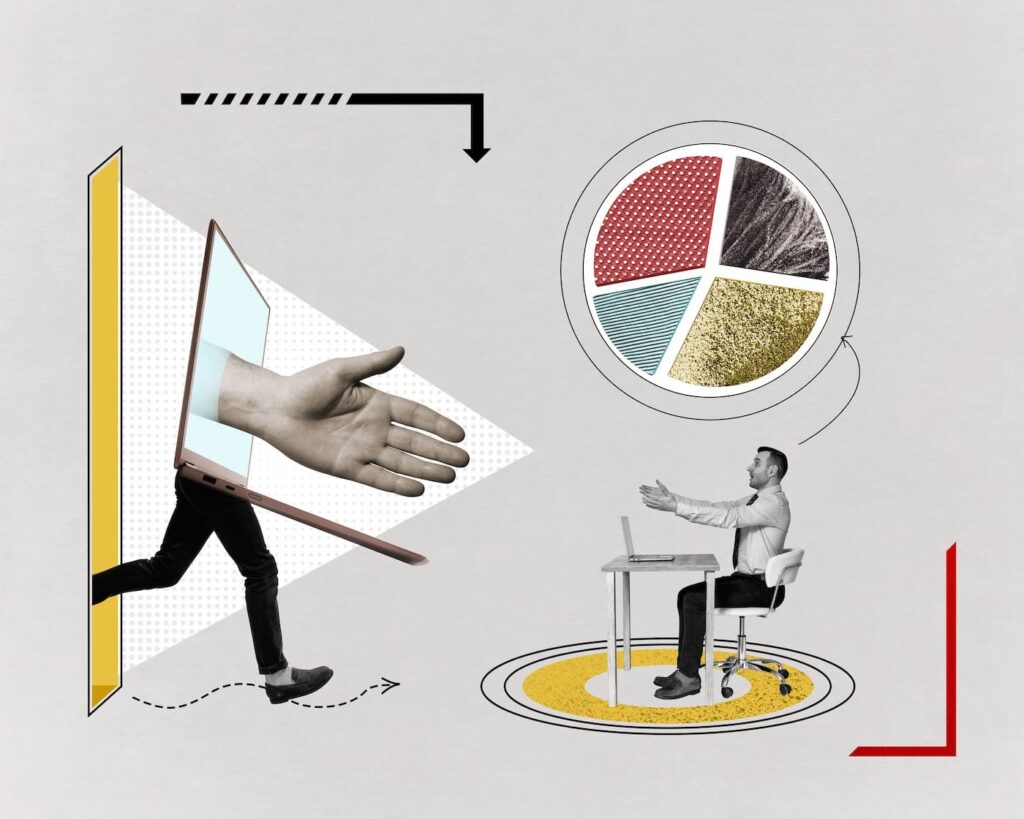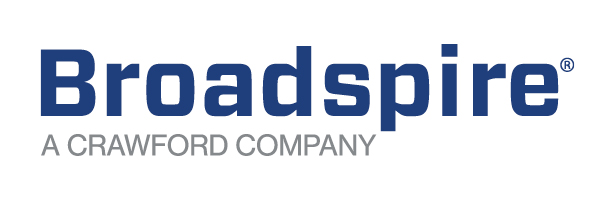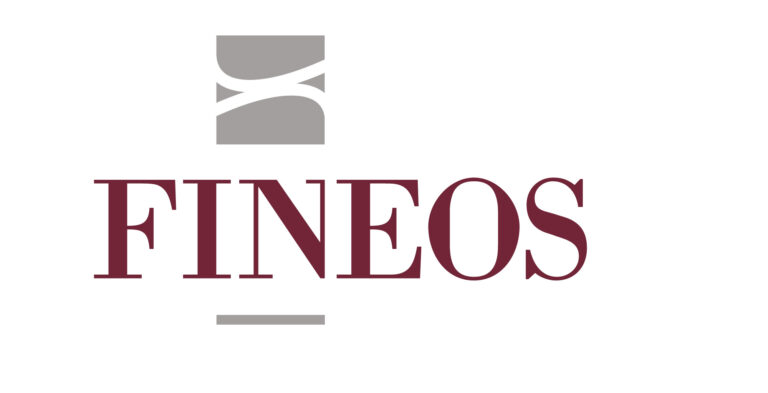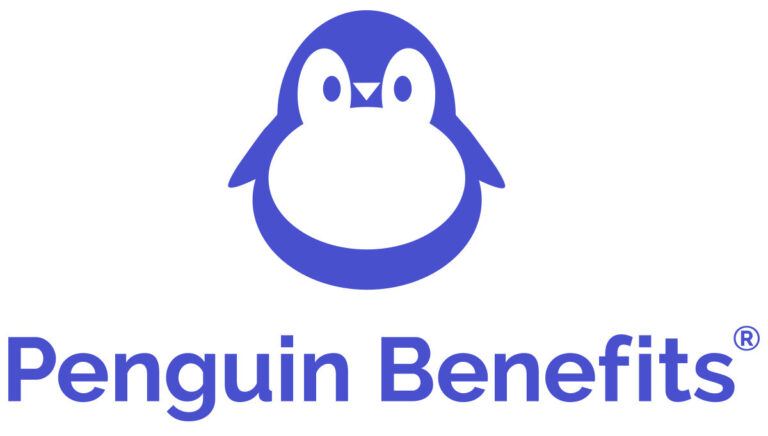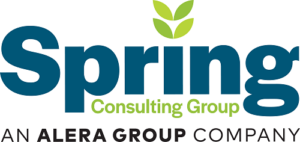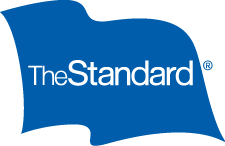
Approximately one in five Americans lives with a mental health condition, translating to an estimated 51.5 million adults aged 18 or older.1 This is not strictly an American issue but rather a global one.2
While workplace mental health was already a high priority for many organizations, the COVID-19 pandemic’s impact on nearly every aspect of daily life, including work, makes it more important than ever for employers to pay attention to this critical issue. The anxiety that the threat of COVID-19 has introduced is as essential to address as its physical risks.3
The precipitous move to telework and adjustment to new technology platforms for remote workers and the stressful situations essential workers face every day present unique challenges. Add in managing children’s at-home schooling and working to mitigate risk for vulnerable family members, and the pressures faced by today’s workers are simply unprecedented in our lifetimes.
Given this, it behooves organizations to proactively draw from documented best practices on workplace mental health to support all employees, as well as their families. For all organizations, but especially for those previously without formal mental health initiatives, the Employer Assistance and Resource Network on Disability Inclusion (EARN) provides the “4 A’s of a Mental Health-Friendly Workplace” framework as a vital roadmap. The “4 A’s” in the framework stand for awareness, accommodations, assistance, and access.4
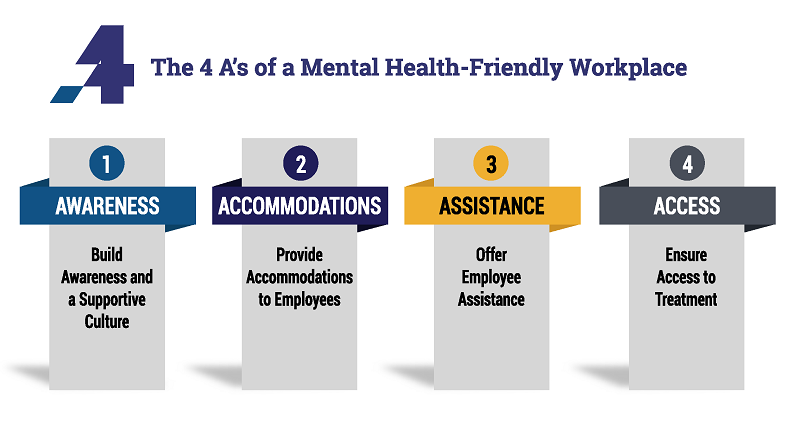
Awareness
Raising awareness about the importance of a mentally healthy workplace is a necessary first step. This includes educating workers about mental health issues as well as proactively building a supportive workplace culture. Traditionally, this was done through in-person or online training about mental health, often targeting supervisors to assist with recognizing signs of stress in employees. Increasingly these efforts, particularly during the COVID-19 pandemic, are directed toward individuals themselves, encouraging workers to recognize their own mental health needs and seek help, if necessary. This is because a fundamental basis for addressing mental health issues is an individual’s ability to recognize the need for support and the willingness to pursue it. This means that organizations must work to address the persistent stigma surrounding mental health conditions and create a workplace culture that fosters acceptance and understanding.
An example of a corporate effort to build awareness about and reduce the stigma around mental health conditions is pharmaceutical company Merck’s Mind Well Champions initiative. Mind Well Champions are employee volunteers who serve as ambassadors within the workplace and complete a mental health training program. The Champions expand the company’s ability to support an emotionally safe work environment. They also help create a sense of inclusion for Merck employees dealing with mental health concerns. Communication is a critical part of these efforts. Reflecting this, Champions host monthly meetings to share information about mental health-related topics such as resiliency and mindfulness, support programs, and other available resources.
Accommodations
In addition to taking steps to raise awareness, employers can help build a workplace culture that fosters acceptance and understanding by providing workplace supports for people with mental health conditions. This represents the second A in the “4 A’s” framework, accommodations. In some cases, employers may be required to provide such accommodations under the Americans with Disabilities Act (ADA), Section 503 of the Rehabilitation Act, or other disability nondiscrimination laws and regulations. That is because the ADA and other laws define an “individual with a disability” as a person who has a physical or mental impairment that substantially limits one or more major life activities (or has a record of such impairment or is regarded as having such an impairment).
Examples of accommodations for people with mental health conditions include flexible schedules, leave, breaks, and other intangible supports. Employers ultimately decide what kind of accommodation will be used, but employees should have a voice in this decision through an interactive dialogue.5 Effective accommodations can assist in mitigating the stress the individual is experiencing and result in overall better mental health.
Such is the case for an employee of defense contractor Northrop Grumman who is a veteran with service-connected disabilities, including post-traumatic stress disorder. To assist in managing his symptoms and maximizing his work productivity, this employee uses noise-canceling headphones. He is also able to bring his service dog to work with him and on work-related travel. On a broader level, by communicating that these types of accommodations are available, employers can send an important message to their workforce as a whole that mental health and well-being are vital issues the organization is working to address.
Assistance
The third “A,” assistance, reflects some of the effective workplace practices previously described (e.g., flexible workplaces, leave, etc.) but pertains specifically to one that is organizational rather than individual in nature: employee assistance programs (EAPs). Started in the 1930s with a focus on addressing substance abuse issues among workers, EAPs have greatly broadened their expertise and areas of focus over the years and are increasingly embraced by employers as a part of a healthy workplace strategy.6
In fact, a recent 10-year global study by Morneau Shepell and EAPA of more than 35,000 cases confirmed that short-term counseling services such as those offered by EAPs significantly improved employee well-being, ability to concentrate, and productivity.7 One example of a company that has heavily leveraged its EAP during the pandemic is CVS Health, which offers workers access to mental health counselors 24 hours a day, seven days a week.
Access
The fourth and final “A” for workplace mental health is access to behavioral/mental health treatment. Particularly during COVID-19, organizations are finding that having healthcare plans that provide for a comprehensive and flexible array of mental health services is imperative. This includes not only the availability of mental health support and care, such as EAPs, but also high-quality outpatient and inpatient coverage for mental health treatment when needed. Facilitating such access to treatment benefits organizations as well as individuals. According to the American Psychiatric Association, more than 80% of employees treated for mental health conditions report improved levels of efficiency and satisfaction at work.8
An additional dimension to access is providing services that afford proactive attention to mental health issues, such as stress management and wellness programs for all employees and conflict resolution and effective supervision programs for management personnel. For example, EY’s Better You initiative has been a cornerstone of the firm’s COVID-19 response efforts focused on supporting employee mental health. One major channel for this is the firm’s employee assistance and work/life program, EY Assist. EY’s full suite of mental health services includes:
- Four full-time, on-call licensed counseling professionals
- Access to a 24-hour hotline to speak with and locate counselors
- Virtual and in-person counseling
- Five no-cost counseling sessions per life event per year
- Digital tools to promote sleep health and emotional resilience
A more comprehensive representation of this information, including further examples of ways organizations have put the “4 A’s” framework into action, can be found in EARN’s Mental Health Toolkit. The toolkit was developed in collaboration with EARN’s funding entity, the U.S. Department of Labor’s Office of Disability Employment Policy. Access the toolkit at AskEARN.org/MentalHealth.
References
- Substance Abuse and Mental Health Services Administration, Center for Behavioral Health Statistics and Quality. Key Substance Use and Mental Health Indicators in the United States: Results from the 2019 National Survey on Drug Use and Health (HHS Publication No. PEP20-07-01-001). 2020. Retrieved from https://bit.ly/3bDoWcI
- World Health Organization and International Labour Organization. Mental Health and Work: Impact, Issues and Good Practices. 2000. Retrieved from https://www.who.int/mental_health/media/en/712.pdf.
- Mental Health America. Mental Health and COVID-19 Information and Resources. 2021. Retrieved from https://mhanational.org/covid19.
- Employer Assistance and Resource Network on Disability Inclusion. EARN’s Mental Health Toolkit: Resources for Fostering a Mentally Healthy Workplace. 2020. Retrieved from https://askearn.org/mentalhealth.
- Americans with Disabilities Act National Network. Mental Health Conditions in the Workplace and the ADA. 2018. Retrieved from https://bit.ly/38xmVwO
- International Employee Assistance Professionals Association. The History of Employee Assistance Programs in the United States. 2020. Arlington, VA. Retrieved from https://bit.ly/3bDWirR
- Morneau Shepell. Workplace Outcome Suite (WOS) Annual Report 2020. Part 2 — Profiles of Work Outcomes on 10 Context Factors of EAP Use. 2020. Retrieved from https://bit.ly/3qFXYoY
- Center for Workplace Mental Health. Working Well: Leading a Mentally Healthy Business. 2016. Retrieved from https://bit.ly/38w6Jfo


